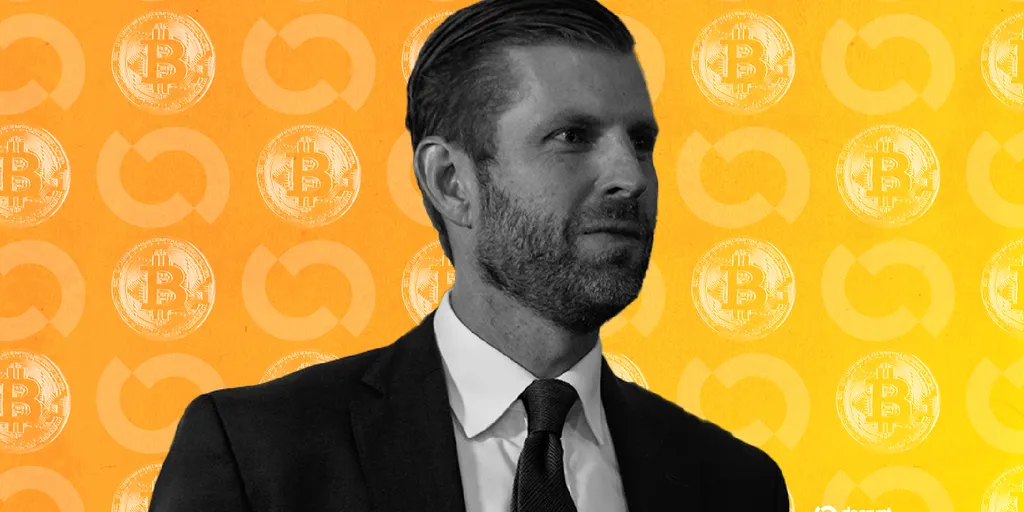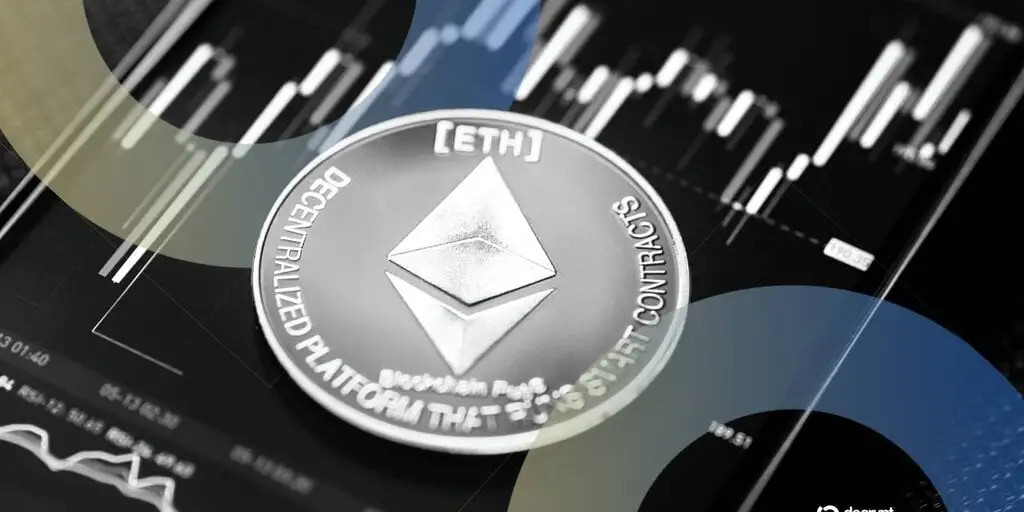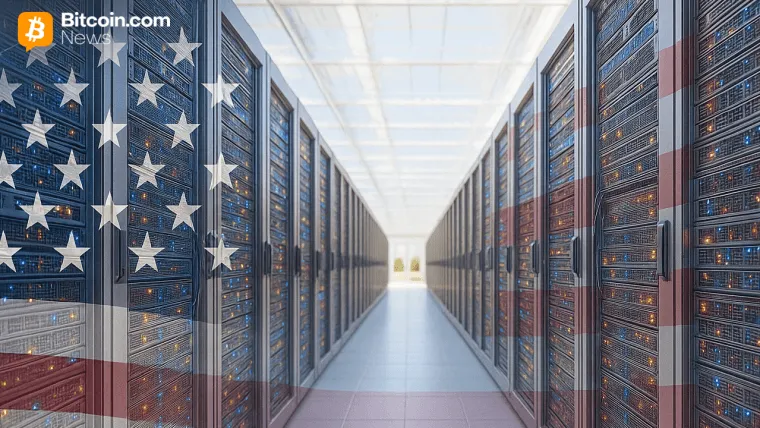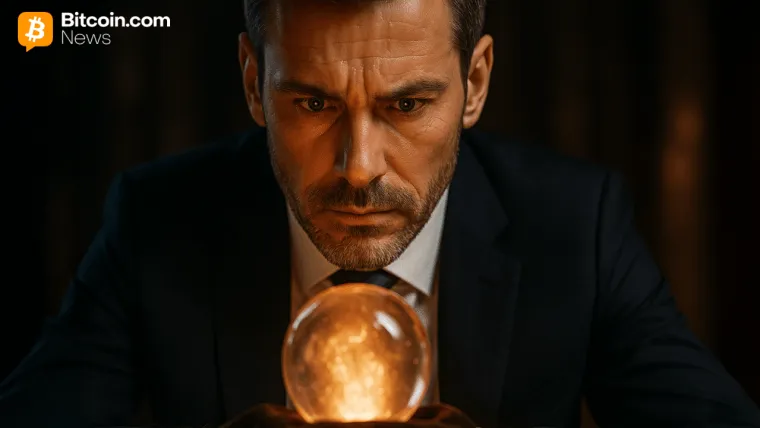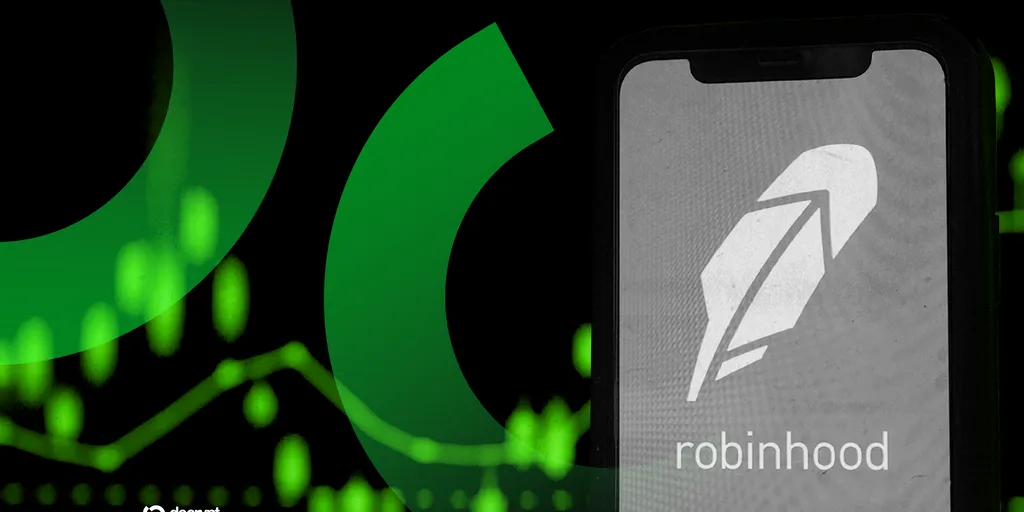This article is authorized to be reproduced by Automatic Insight, author: Rhythm Editorial Department, copyright belongs to the original author.
In October 2025, Visa and Mastercard announced almost simultaneously the launch of exclusive payment protocols for AI agents. Visa calls it TAP, while Mastercard calls it Agent Pay. In addition, the x402 protocol, led by Coinbase, also received official support from Visa.
These two giants, which control the pulse of global payments, are moving in the same direction at the same time. From the old world of credit cards to the new world of intelligent agent accounts, an arms race about "how AI pays" is underway.
Behind these actions lies a common focus: the x402 protocol.
x402 is a set of protocols that allows AI to autonomously complete payments. Its working principle is simple. Imagine an AI wants to call a weather data API; it sends a request, and the server returns a 402 status code, meaning "payment required." The response includes payment information: how much to charge, which address to send it to, and what currency to use.
The AI's wallet automatically executes the transfer, and seconds later, the transaction is complete. The AI sends another request, this time with payment proof. The server verifies the on-chain transaction, confirms the money has been received, and returns the weather data.
The entire process requires no registration, no login, and no human intervention. This simplicity means anyone can set up an API service and charge per use through the x402 protocol, without needing to establish complex account systems, payment gateways, or business negotiations. Information flow and capital flow finally merge into one.
However, to truly enable AI to have the capability of "autonomous payment," the issues of authorization and trust must be addressed. Last month, Google, in collaboration with Coinbase, Stripe, and over sixty other institutions, released the AP2 protocol to tackle this problem.
AP2 stands for Agent Payments Protocol. Its core mechanism is a digitally signed contract that records the scope of permissions granted by the user to the AI.
For example, you let the AI help you buy concert tickets, with a maximum spend of $200 and only for seats in the first ten rows. You sign an authorization in advance, specifying the spending limit, time window, and conditions. The AI automatically purchases and completes the payment when the conditions are met, and all records are traceable. This design shifts trust from relying on the AI's "goodwill" to being based on verifiable programmatic constraints.
AP2 and x402 are complementary. AP2 provides the authorization framework, while x402 handles the actual payment. Together, they form a complete closed loop of AI payment infrastructure.
The name x402 itself hides a story. The "402" refers to an internet protocol that has been dormant for thirty years. To understand what is happening today, we need to go back thirty years.
In the 1990s, Tim Berners-Lee, the father of the World Wide Web, intentionally left a status code, 402 Payment Required, when designing the HTTP protocol.
In this language, which is written into the skeleton of the internet, 200 means success, 404 means not found, and 500 means server error. Billions of web requests use these status codes every day.
In this language, 200 means success, 404 means not found, and 500 means server error. 402 means "payment required."
The idea behind it is simple: when you request an article, a song, or data, if payment is required, the server returns 402, and the browser automatically completes a micropayment, making the entire process seamless, automatic, and fair.
That was a utopian vision for the internet. Information could flow freely, and value could also flow freely. Creators could earn income directly from their content, and users could pay for things that truly had value. Every click would be a fair exchange of value.
But Berners-Lee also knew that this status code could not be truly utilized at the time because it required a supporting element: a native, low-cost, automated internet payment system.
Many people of that era believed that the internet would become a vast content market. Paying 1 cent to read an article, 5 cents to listen to a song, and 2 cents to download an image. Small amounts would add up, allowing creators to earn income from the content itself.
HTTP 402 was born for this vision; it was like a seed buried in the depths of the internet, waiting to sprout. But this seed needed soil that could support its growth: a digital currency system capable of facilitating micropayments.
Around the same time that Berners-Lee was conceptualizing the World Wide Web, cryptographer David Chaum was also pursuing the same ideal. He founded a company called DigiCash in Amsterdam, aiming to turn his academic research into a truly usable electronic cash system.
Chaum is a legendary figure. In 1982, he invented "blind signature" technology, allowing electronic payments to be untraceable like cash. A few years later, DigiCash launched eCash based on this technology, which was the world's first true digital cash. You could use it like cash, and banks could not trace the flow of funds.
In 1994, eCash began testing. Chaum spoke at a conference at CERN in Geneva, filled with excitement. He said, "You can pay for database access, purchase software and newspapers via email, play games online, collect five bucks your friend owes you, or even order a pizza. This thing has infinite possibilities."
This system almost perfectly aligned with the vision of HTTP 402. If eCash succeeded, HTTP 402 would be activated, and the trajectory of internet development could have been completely different.
Initially, everything was moving in a positive direction. By the end of 1995, Mark Twain Bank in the U.S. became the first institution to use eCash. The following year, European financial giants like Deutsche Bank and Credit Suisse joined in, and the media hailed DigiCash as "the future of the internet."
Until 1997, when Bill Gates's team came knocking. Microsoft wanted to integrate eCash into Windows 95, the most popular operating system of that era.
Bill Gates was willing to offer $100 million, which should have been a historic opportunity. If the deal went through, hundreds of millions of computers worldwide would come with digital cash, potentially rewriting the payment methods of the internet.
But Chaum refused; he insisted on a $2 licensing fee for each Windows copy. In his view, technology has value, and privacy has value; these values should not be given away for free, leading to a breakdown in negotiations.
Similar situations occurred repeatedly afterward. Visa, Netscape, and Dutch banks all attempted to collaborate but ultimately failed due to ideological differences. Former DigiCash employees recalled that Chaum was a genius but also "too idealistic, stubborn, and even paranoid." He believed in the value of technology and privacy but did not understand compromise.
In 1998, DigiCash's bankruptcy marked the official shattering of the dream of a "paid internet," and HTTP 402 subsequently lost its grounding.
After DigiCash fell, the internet took a different path, exchanging attention and data for free services.
In 1998, Google was founded, driven by advertising to power its search engine; in 2004, Facebook turned social relationships into fuel for its advertising system. Then came YouTube, Twitter, Instagram, and one platform after another emerged, all with nearly identical business models: free to use, monetized through advertising.
This model was so successful that it made people forget that the internet could have been another way.
We enjoy free search, email, social media, and videos, but we slowly become accustomed to being treated as products.
Every click, every pause, every like contributes data to advertising algorithms. The algorithms learned how to capture attention, keeping people engaged for a few more seconds, watching a few more videos, clicking on one more ad.
A more profound change is that algorithms began to dominate content distribution. Content that could evoke strong emotions, such as anger, fear, and anxiety, spread more easily than rational and profound writing because they kept people engaged longer.
Creators also became alienated. They no longer created for readers but for algorithms. Headlines had to be eye-catching, tones more extreme, and content had to resonate emotionally. Only then would the system push it, traffic would increase, and advertising revenue would rise.
This is the world we exchanged for "free." The simple, direct, and fair value exchange network represented by HTTP 402 became a forgotten utopia.
Fast forward to 2022, new variables emerged.
On November 30 of that year, ChatGPT was released. Two months later, the user count surpassed 100 million. More importantly, people began to expect that AI could not only converse but also autonomously execute tasks. Booking flights, shopping, making restaurant reservations, handling bills—these tasks that once required human intervention could now be directly entrusted to AI agents.
The rise of AI brought old problems back to the forefront. When machines began to represent humans in executing tasks, they also had to learn to "pay" on the internet. However, existing payment systems were designed for humans, with registration, binding, verification, and authorization, each step assuming a "person" behind it.
But the world of AI does not operate that way. Its calls are instantaneous, temporary, and on-demand; a single request might only cost $0.001 and may only be requested once. The old payment system cannot accommodate this pace.
Thus, some developers reopened the HTTP protocol documentation and noticed that dormant status code, 402 Payment Required.
They discovered that the two obstacles that had prevented its implementation back then had now been resolved.
The first obstacle was cost. Blockchain and stablecoins provide a globally unified, round-the-clock, low-cost payment network. On blockchains like Base, transfer fees are only a fraction of a cent, hundreds of times cheaper than credit cards, with no bank intermediaries, no cross-border fees, and it can be automated and programmable.
The second obstacle was psychological. AI does not have psychological issues; for AI, paying $0.001 and $1000 is just executing code, with no difference. It does not hesitate, does not calculate "is this worth it," and does not experience decision fatigue. It has no human preference for "free" and no aversion to "paying."
A protocol designed for humans but never implemented is precisely the key tailored for machines.
The rise of AI agents is nurturing a new economic form, where countless specialized AI services call upon each other like neural networks, and value flows in real-time along the call chain. This economic system requires a foundational infrastructure that allows AI to autonomously, securely, and efficiently complete payments.
HTTP 402, this status code forgotten for thirty years, finally has the opportunity to be reactivated.
Thus, we see the opening scene where the giants are betting on this new AI narrative.
Visa and Mastercard are extending the human payment network into the machine world; Google is trying to make search go beyond information to encompass value itself; Coinbase is pushing stablecoins into the machine economy, making on-chain currency the universal language of agents; and Cloudflare is transforming "content distribution" into "value distribution," allowing every API call to settle automatically.
Together, they are building the underlying framework of the next generation of the internet. HTTP 402 is no longer just a line of code in the corner of a document but the gateway to rebooting the value internet.
The revival of HTTP 402 signifies a profound shift in the internet. For the past thirty years, the internet has been a network of information, where information can flow freely, but value cannot. The flow of money relies on banks, payment institutions, and credit card companies, which act like toll booths, dividing the "highway of value" into countless segments.
Now, HTTP 402 allows payments to become a native capability of the protocol. Value can flow across the network with low friction, low cost, and automation, just like information. The internet is no longer just an internet of information but is beginning to become an internet of value.
In the advertising model, creators write for algorithms, chasing traffic; in the value network, creators can earn income directly from readers, re-linking creation with value. In the advertising model, users exchange attention and privacy for "free" services; in the value network, users become customers again, no longer measured and sold as products.
This change is still in its early stages, but the direction is clear. Machines are learning to pay, the network is learning to settle, and humans are starting to redefine algorithms instead of being defined by them.
In September 2025, seventy-year-old Tim Berners-Lee gave an interview to German media. When asked how to address copyright issues in AI training, he still mentioned micropayments, a dream he wrote about thirty years ago. He acknowledged that, so far, micropayments have struggled to gain a foothold in the market, but he believes new forms will eventually emerge.
David Chaum is also still active in the field of cryptography, researching privacy technologies for the post-quantum era. Thirty years ago, he founded DigiCash; thirty years later, he sees a new generation of developers rebuilding his ideals on the blockchain.
HTTP 402, DigiCash, micropayments—these concepts, once buried by time, are being awakened again at the intersection of AI and cryptocurrency. Both Berners-Lee and Chaum believe that the internet should have a native layer of value, a fair exchange system that does not rely on intermediaries.
Thirty years later, this ideal is getting closer to reality. However, this time, it is not humans driving its realization, but machines.
Related: Mt. Gox's security vulnerabilities caused millions in losses—Can AI detect these issues?
Original text: “Letting AI Spend Money: The New Obsession Taking Over Silicon Valley”
免责声明:本文章仅代表作者个人观点,不代表本平台的立场和观点。本文章仅供信息分享,不构成对任何人的任何投资建议。用户与作者之间的任何争议,与本平台无关。如网页中刊载的文章或图片涉及侵权,请提供相关的权利证明和身份证明发送邮件到support@aicoin.com,本平台相关工作人员将会进行核查。
